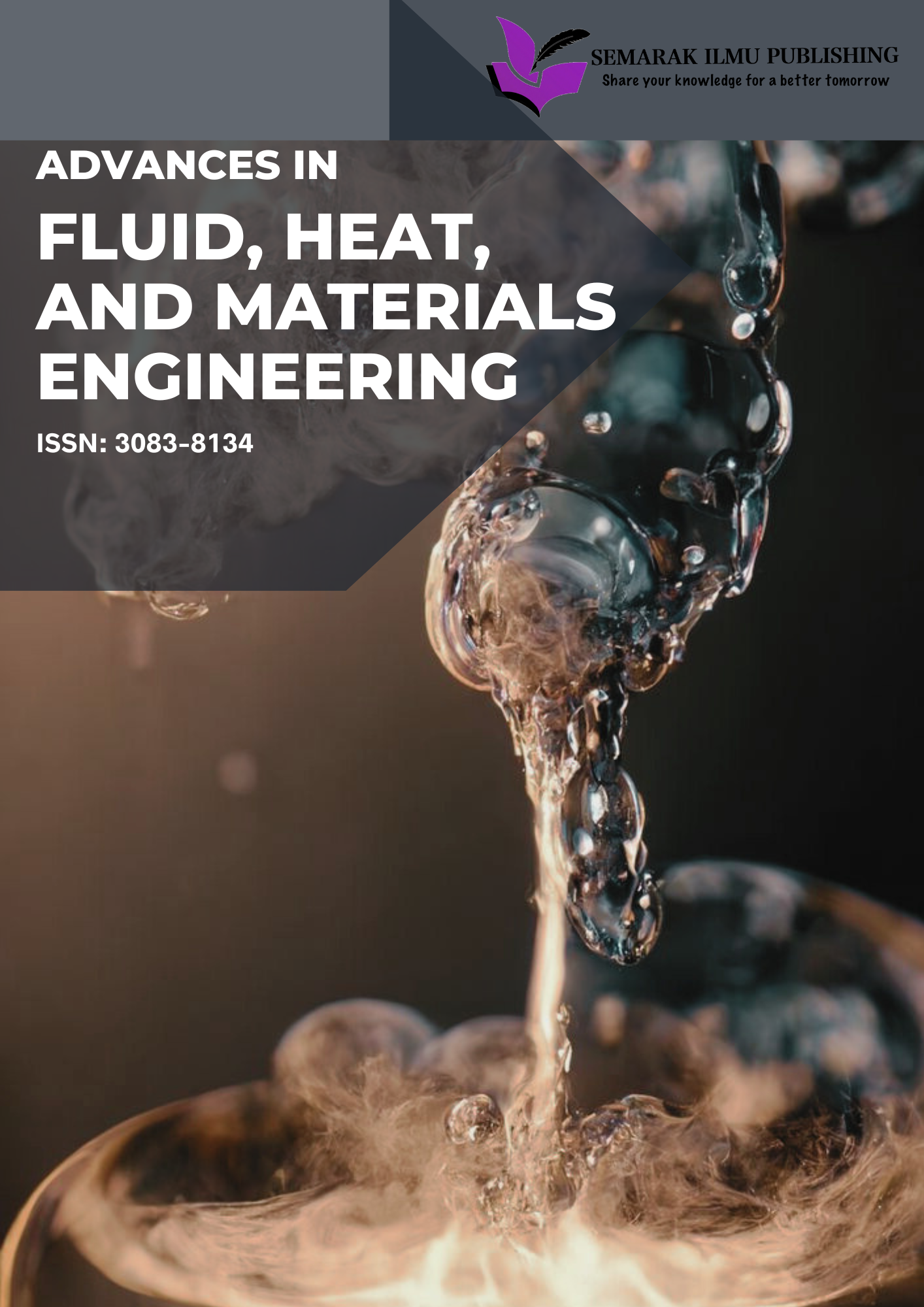Comparative Study of Airflow Efficiency in Rectangular and Cylindrical Small-Scale Incinerator Designs
Keywords:
Airflow efficiency , Small-scale incinerator design, Air flow velocity distributionAbstract
This study investigates the design, simulation, and analysis of compact incinerators with the goal of enhancing the efficiency of household waste management. Two unique incinerator designs—one rectangular and one cylindrical—were developed using SolidWorks software using input from the community obtained through a survey. The designs were evaluated based on the airflow and combustion efficiency, resulting in the development of four design variations for further investigation. These variations included two cylindrical and two rectangular models, each employing distinct airflow techniques (top and bottom). Computational Fluid Dynamics (CFD) simulations were performed using SolidWorks flow simulations to evaluate heat transfer rates, temperature distributions, and airflow patterns. The simulations demonstrated that the cylinder configuration with bottom airflow had greater heat retention and combustion efficiency than the other designs, owing to its symmetrical shape which minimised stagnant areas and enhanced air circulation. However, the rectangular design has deficiencies in achieving consistent airflow distribution, especially when using the top airflow setup, resulting in partial combustion in certain regions. This study focuses on the efficacy of airflow designs positioned below, especially in cylindrical shapes, in achieving enhanced combustion efficiency and minimising emissions in home incineration scenarios. It is advisable to conduct additional experiments to confirm and enhance the design of incinerators for practical applications and to supplement the results obtained from simulations.








